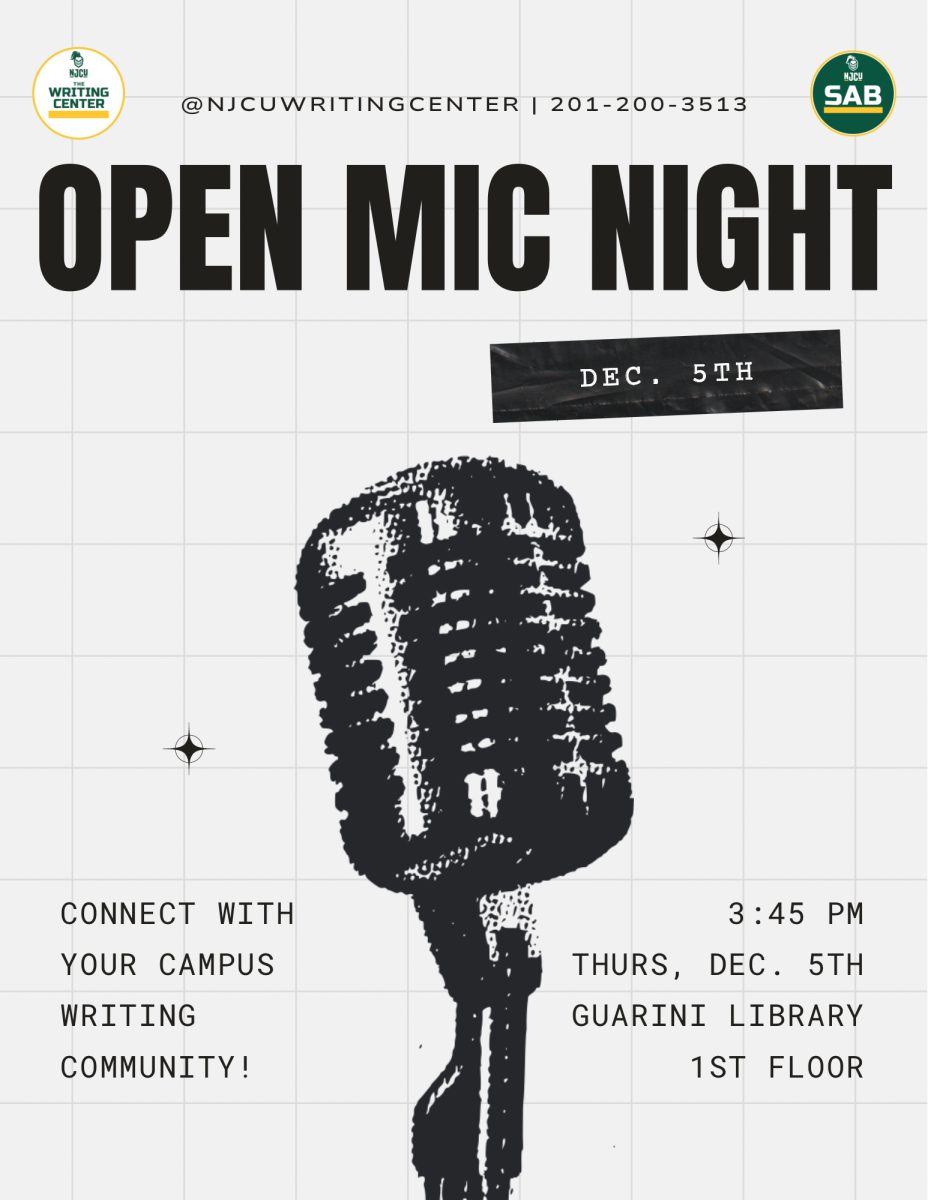Can Rain Gardens Help Solve the Flooding Problems in Jersey City?
January 19, 2022
As climate change becomes more of a threat, weather patterns are increasingly severe. In New Jersey, one way to prevent flooding could be through rain gardens.
Hurricane Ida reminded people that there is a huge flooding problem in the Garden State. When the storm tore through the state, there was severe flooding, especially in urban areas covered in pavement. Streets were flooded, and dirty water poured into houses, stores, and other buildings.
Hurricane Ida is only the latest in a series of storms that have ruined property in New Jersey within the past few years. The educational site Flood Factor says that due to climate change, sea levels are rising, oceans are getting warmer, weather patterns are changing, and storms are becoming more powerful. These factors lead to more devastating weather events like Ida.
The Jersey City community felt the consequences of not being prepared, and many people had parts of their homes, as well as belongings, destroyed. The question came up, what could be done in the future to prevent this?
Effects on Jersey City Residents
Residents of Jersey City who were negatively affected by Hurricane Ida believe something needs to be done about Jersey City’s flooding situation.
One student at New Jersey City University, Station Rodriguez, said, “My bathroom and my basement were flooded, and the metal in my basement was rusted. It was the worst flood my family has seen in general, because we live on a hill. When it rains, there’s usually only minimal flooding. Some of the rooms in our house were damaged and my dad had to skip work to repaint them. It doesn’t feel like it could happen to you until it does.”
Station continued to say, “The area was so flooded that the streets were hard to drive through, so you had to go very slow. We live on a hill so the neighbors had similar flooding issues.” Station said that living in Jersey City and knowing that there aren’t many protective measures for the next flood is a “constant worry.”
Features of A Classic Rain Garden
Rain gardens are depressions in the ground containing plants that consume large amounts of water. The purpose of a rain garden is to suck in the runoff floodwater that fills the streets in urban areas after heavy rains, which can damage property and put people in danger.
The difference between a regular garden and a rain garden is that the former does not have nearly the same ability to absorb excess water. As the Interstate Commission for the Potomac River Basin website said, “The traditional system of curbs, gutters, and storm drains carries stormwater runoff directly to local streams and rivers without any bio-retention filtering process. Instead Rain Gardens filter and reuse the water, reducing stormwater pollution, while providing attractive landscaping.”
A rain garden is arranged with carefully arranged soil and sand layers along with native plants that are known for using large amounts of water. They are typically placed in low areas where it is easiest for water to collect. The rain garden may also have trees, specific flower types, and grass. Some native plant types to put in New Jersey rain gardens are swamp milkweed, sweet pepperbush, and American elderberry.
According to the Groundwater Foundation, rain gardens do a remarkable job and pulling in rainwater. The Groundwater Foundation website says, “Rain gardens are effective in removing up to 90% of nutrients and chemicals and up to 80% of sediments from the rainwater runoff. Compared to a conventional lawn, rain gardens allow for 30% more water to soak into the ground.”
Factors of Severe Flooding in Jersey City
Mark Zdziarski, an earth and environmental science professor at New Jersey City University, said that Jersey City’s flooding problems are based on several different factors. Most of Jersey City is on top of hard rock, which can’t absorb rainwater. Most of Jersey City is built on this type of ground. When a serious hurricane passes through Jersey City, water overflows from the Newark Basin.
Zdziarski said, “Because of plate movement, glacier melting, and erosion, a lot of good angles were created. Since Jersey City sits in the middle of it all, it’s a danger zone for flooding. The pavement can’t absorb all that water, so it rushes down the Palisades and into the people’s property.” When water comes from above, slides down the Palisades, and overflows from the Hudson River and sewers, the flooding that results can be so great that Jersey City citizens may have no effective way to protect themselves or their homes.
The problem of weather-related damages in urban areas is complicated. The United Nations website says that climate change is when the temperature and weather in an area become different over an extended period of time. It also says that human activity, particularly the use of fossil fuels, is the major cause of climate change. In addition, things like the severity of a storm and tides can make flooding more extreme.
There are a number of possible solutions to the flooding problems in Jersey City, but some are more effective than others. Some people turn to simpler solutions, such as flooding insurance, which helps people whose property was ruined by floodwaters.
People can also consider flooding problems when choosing a place to live, avoiding houses built in low areas and older homes that likely cannot withstand hurricane-related damage. This can be difficult because Jersey City has many buildings made without flood-conscious infrastructure. Rain gardens are a newer solution regarding their popularity, and there aren’t many in Jersey City currently.
Luckily, there are several options for someone who decides to install a rain garden in their backyard. There are programs such as the Rutgers Cooperative Extension Water Resources Program which carry out rain garden projects. In fact, the RCE program has built more than 125 rain gardens in New Jersey. These rain gardens were made with the help of volunteers and local offices and stakeholders that are still being cared for today. Others choose to install their own rain gardens, using online rain garden building guides and video tutorials. For example, the Native Plant Society of New Jersey and the United States Environmental Protection Agency has published online instructions about building personal rain gardens.
Rain gardens have the potential to lessen the damage of the huge flooding situation New Jersey faces during hurricanes, particularly in urban areas. New Jersey residents might not have such severe property damage after storm-related floods if there are methods in place to redirect the floodwaters. If enough are installed, rain gardens can be an inventive way to beautify places like Jersey City while increasing the quality of life of the residents.
This story was produced in collaboration with CivicStory (CivicStory.org) and the NJ Sustainability Reporting project (SRHub.org).














SLG • Jan 20, 2022 at 10:59 am
Great article! Another resource of ours: https://help.floodfactor.com/hc/en-us/articles/360051033133-Learn-how-rain-gardens-collect-stormwater